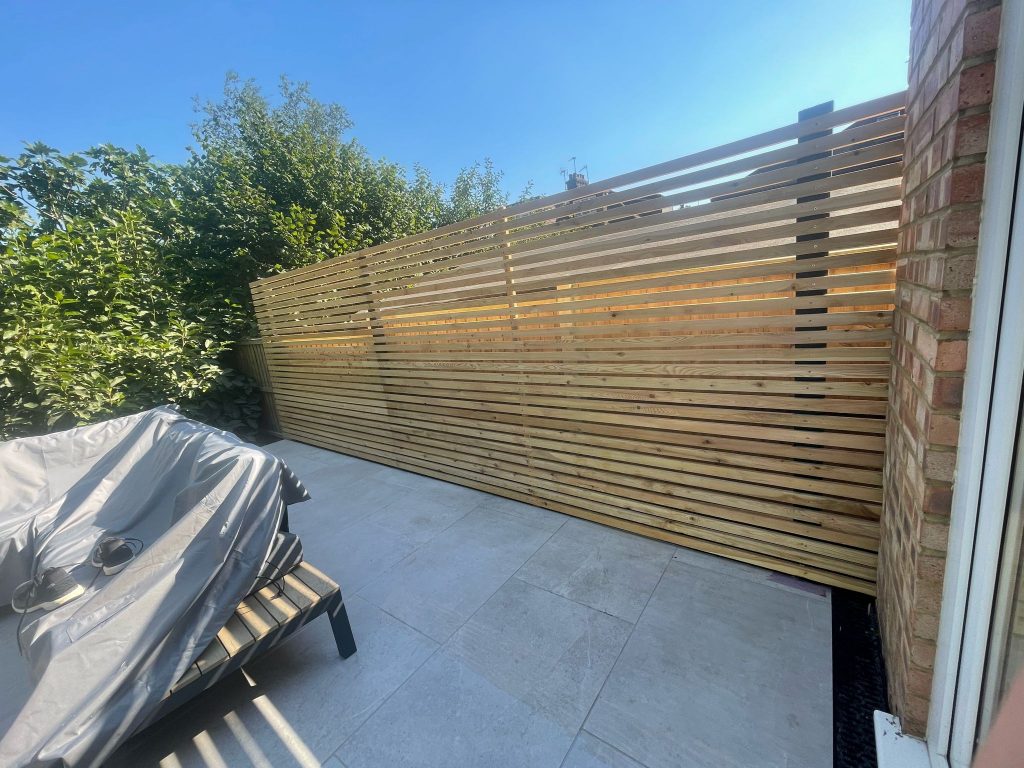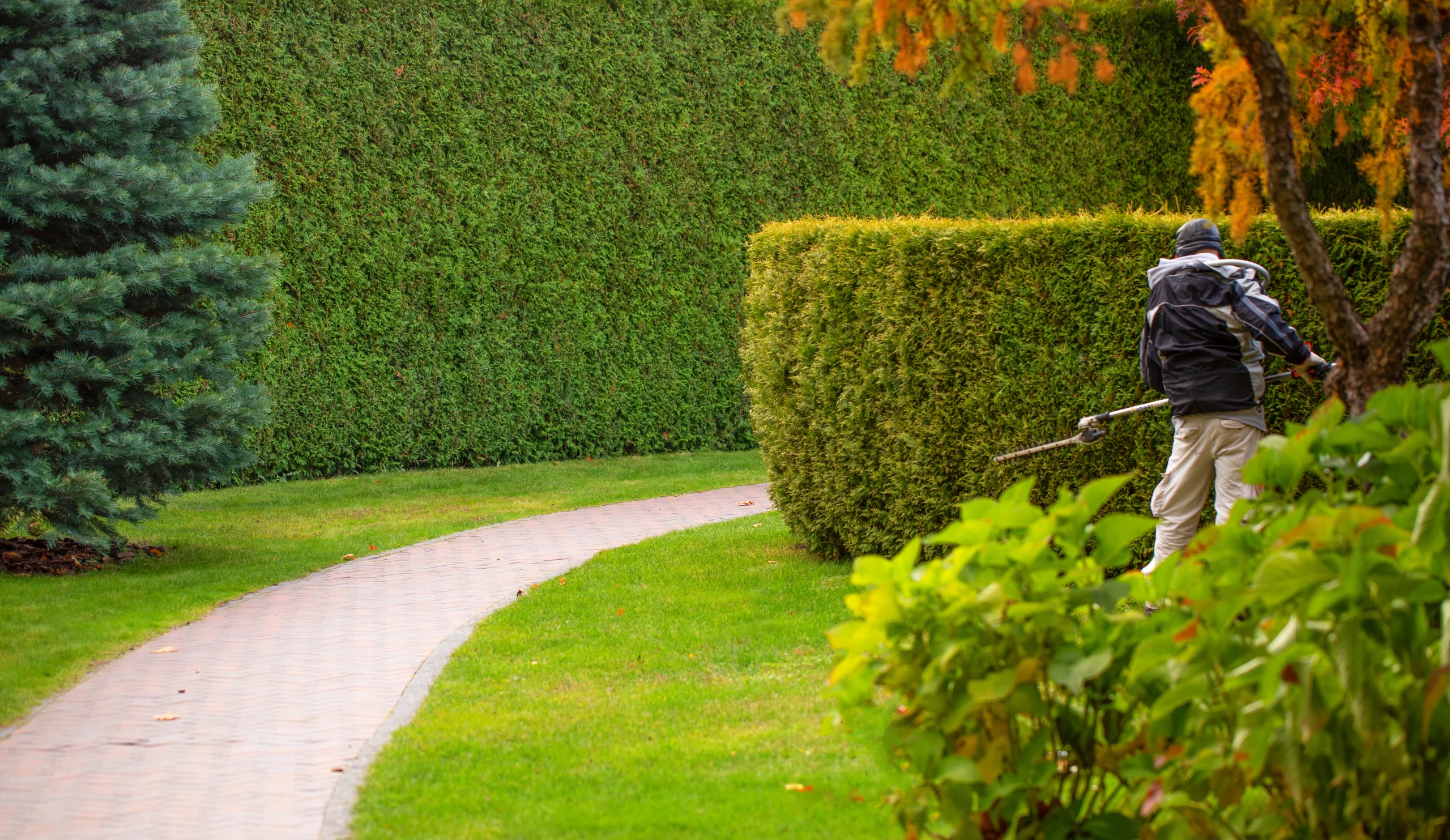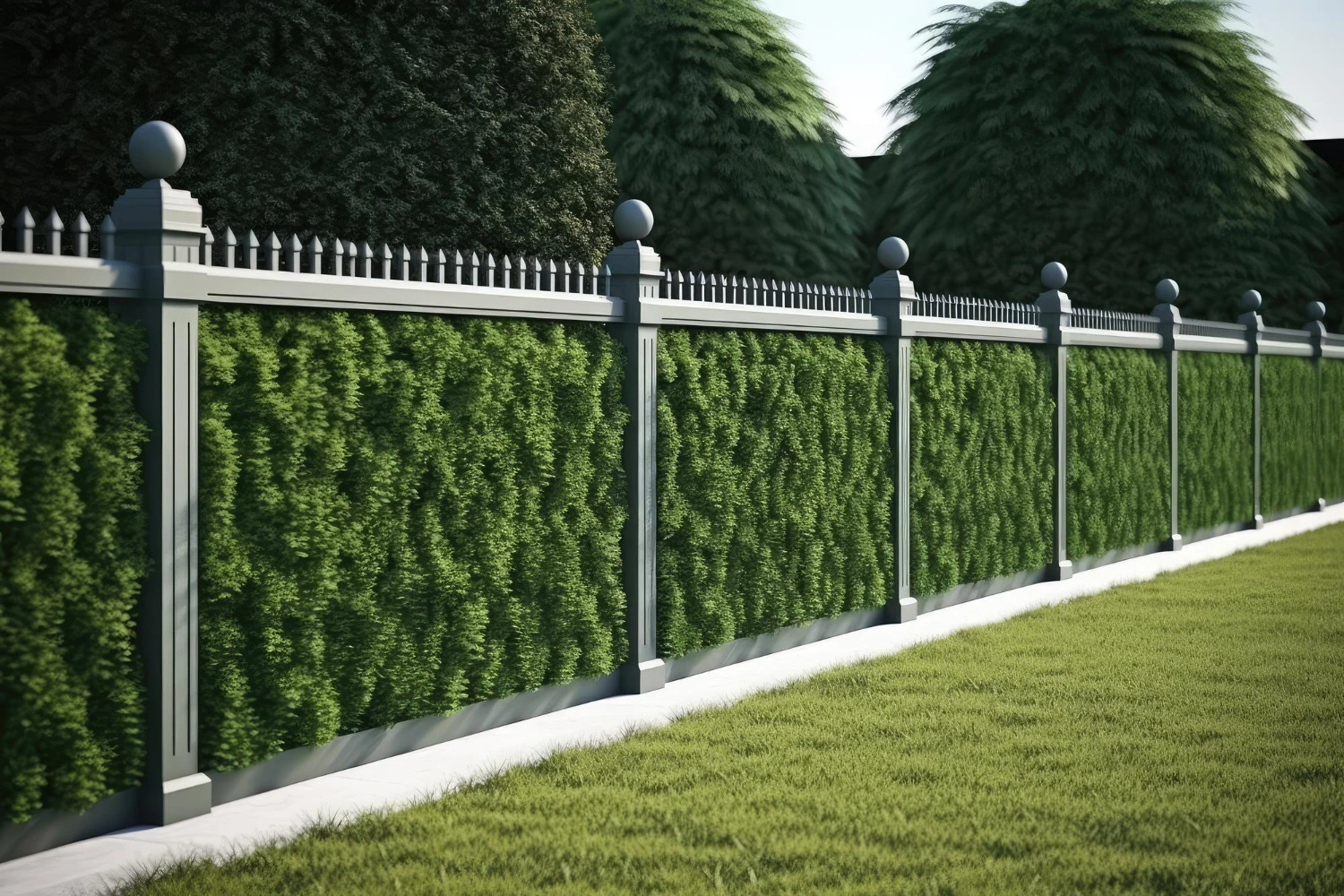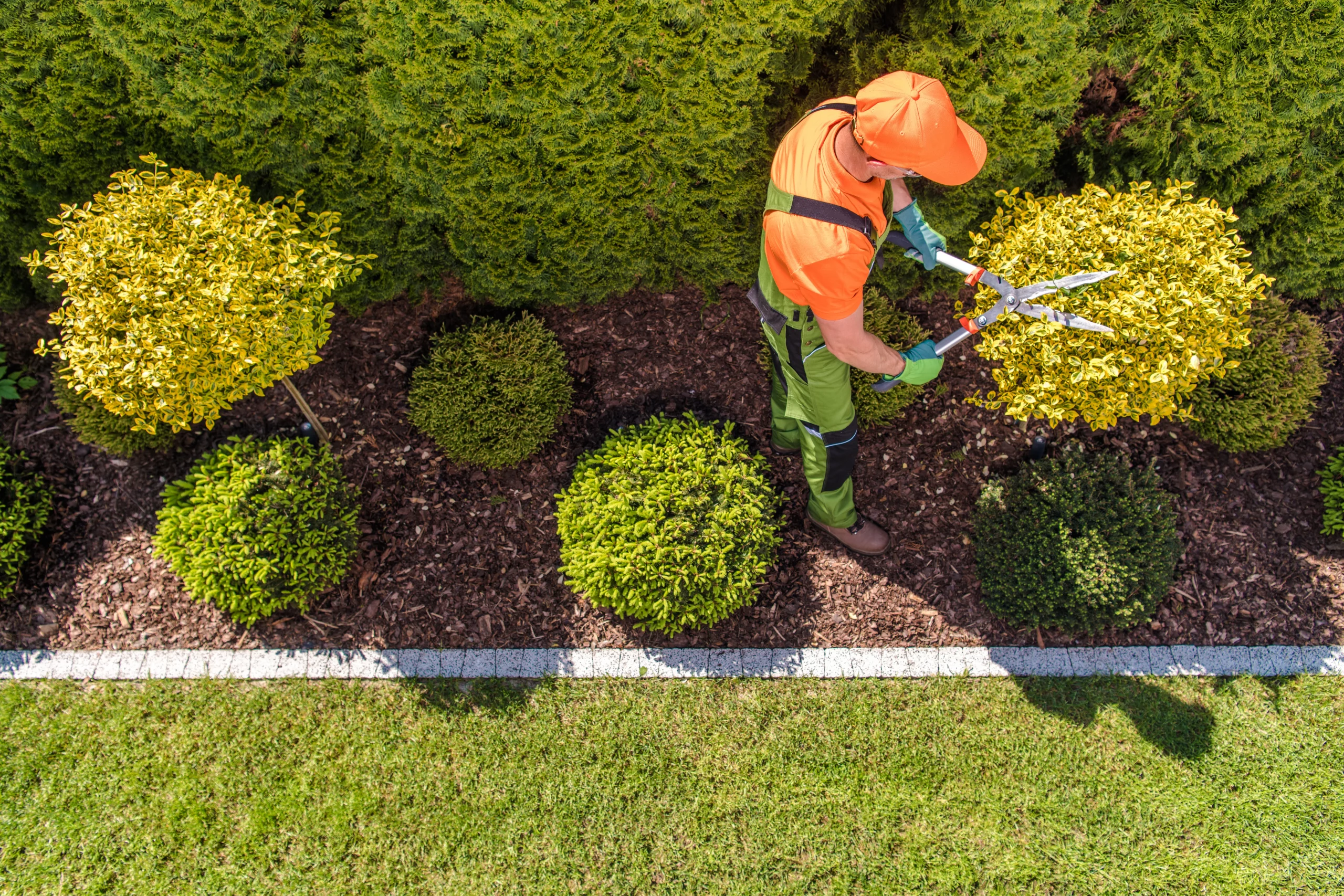can i increase my council garden fencing
Can I Increase My Council Garden Fencing Height? Regulations Explored
Posted by Ben | Updated July, 2024 | 8 Min Read Time
At a glance:
- If privacy is a concern, then installing a fence higher than the permitted height of 1 – 2 metres is an option. However, a fence of this height would require an application to your local council for planning permission.
Key takeaways:
- Alterations to garden fences can sometimes require certain permissions
- Discussions with neighbours are crucial before changes are made to avoid disputes and uncomfortable situations.
Tenants often seek to improve privacy and security by enhancing garden fencing on council property. It is important to ascertain who is responsible for the fencing. Many councils provide fences primarily to demarcate boundaries, typically offering a basic post-and-wire fence.
For those desiring something more substantial, it’s crucial to consult the tenancy handbook of the respective council to understand the regulations in place.
Let’s dive into this in more detail below.
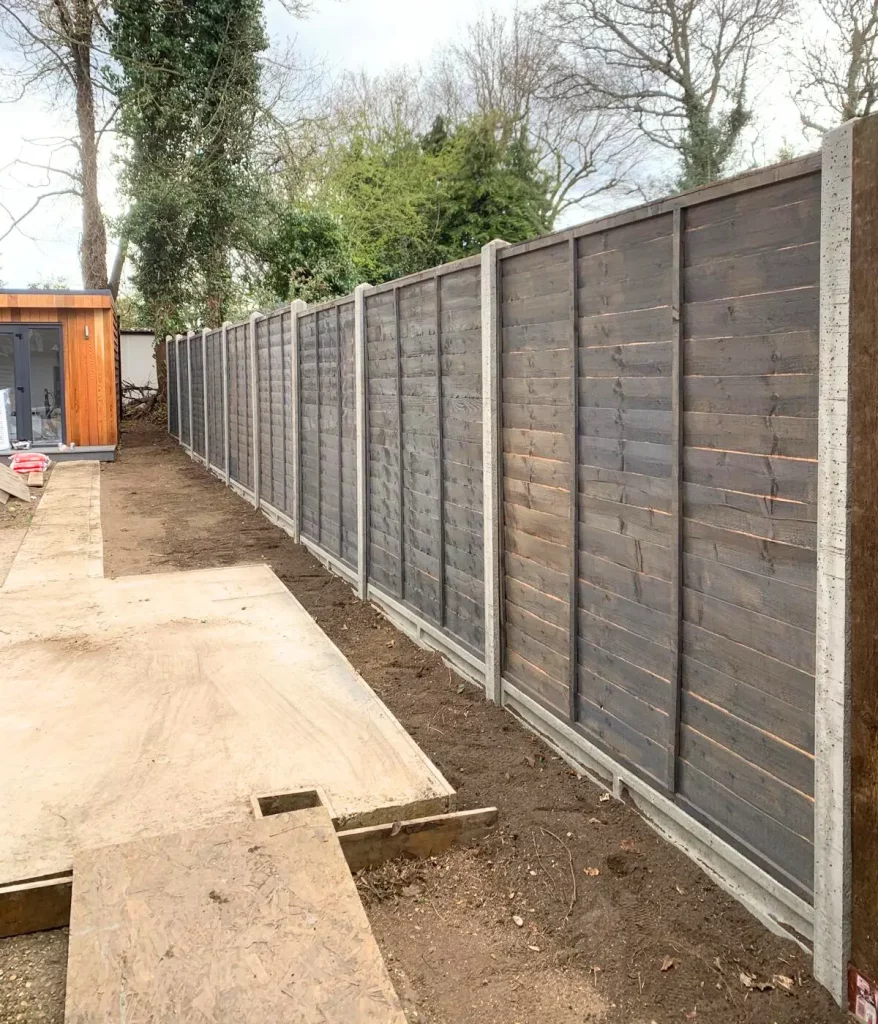
If privacy is a concern, then installing a fence higher than the permitted height of 1 - 2 metres is an option.
However, a fence of this height would require an application to your local council for planning permission.
Is your fence not quite tall enough and now privacy is becoming a concern?
With the objective of increasing one’s council garden fence, a key point to remember is the limitations set forth by planning permissions. While the installation or alteration of fences generally falls under permitted development rights, certain conditions must be met.
For example, fences facing a road must not exceed one metre without obtaining planning permission. Conversely, for a fence that does not front a road, the maximum height usually allowed without planning permission is two metres. It is also essential to consider if the property is located within a conservation area, as this can affect the applicable regulations.
For tenants aiming to maintain harmony within their neighbourhood and adhere to legal requirements, insights into height restrictions and planning permissions for garden fences prove indispensable. If contemplating structural changes, they must ensure no article four directions or planning conditions remove their rights to make such alterations.
Beyond maintaining good relations with neighbours, aligning with UK regulations guarantees one’s fencing plans progress without the likelihood of disputes or the need for retrospective planning corrections.
Understanding Fence Regulations and Planning Permissions
Before altering or erecting garden fencing, it’s essential to know the various regulations and permission requirements. This encompasses understanding neighbourly etiquette, choosing compliant fences, adhering to height limitations, and maintaining fences within legal bounds.
Navigating Neighbour Relations
Good neighbour relations are crucial when planning to change fencing. Prior discussions can prevent disputes and may lead to a mutual agreement, potentially avoiding the need for formal permission. Checking the Land Registry can clarify fence ownership and boundary responsibilities.
Choosing the Right Fence
Selecting the appropriate fence involves more than aesthetics; it requires knowing local regulatory requirements. Conservation area guidelines and local development rights might affect the choice, dictating materials and styles that are permissible.
Installation and Height Considerations
The typical maximum height for a garden fence without seeking planning permission is two metres. Before installation, verifying with the local planning authority ensures compliance with height restrictions specific to the area, especially for properties near roads or within a conservation area.
Maintenance and Upkeep
Regular maintenance of a garden fence is not only a question of appearance but, in some cases, a requirement to adhere to regulations. Any significant alterations or height changes may require a new planning application, and failing to comply with local council standards can lead to an enforcement notice.
Legal Implications and Dispute Resolution
Navigating the legality of garden fencing upgrades harmonises an individual’s right to privacy with community standards. Crucial considerations include boundary accuracy, local authority guidance, and neighbourly consensus.
Enhancing Security and Privacy
When aiming to increase the height of a council garden fence, it’s imperative to ascertain the property boundary as outlined in land registry documents. Incorrect assumptions can lead to boundary disputes. It’s also essential to consult property deeds for any specific covenants or conditions related to fence repair or alterations.
If the enhancements affect a party wall, then joint ownership protocols may apply. Discuss plans with neighbours as part of due diligence to circumvent a conflict. Where disagreements occur, mediation can prevent escalation into a formal dispute.
Property owners in conservation areas should seek advice from the local authority as strict regulations may limit development rights. Submitting requests through the planning portal ensures compliance with garden fence laws. Failure to adhere to legal stipulations may result in an enforcement notice requiring restoration to the fence’s original state.
In summary, meticulous boundary checking and open dialogue with neighbours, supported by the council if necessary, can lead to a satisfactory resolution for all parties involved in the erection of a new fence.
Aesthetics and Design Choices
When increasing the height or modifying the council garden fence, it’s paramount to consider how the changes will affect both the garden aesthetics and the local environment.
Consideration for Wildlife and Environment
Making changes to a garden fence, particularly in a front garden, necessitates a thoughtful approach that balances decorative choices and environmental responsibility. A fence serves not only as a boundary but can also provide a backdrop for garden plants, contributing to the overall visual appeal. Opting for a trellis topper can allow climbing plants to thrive, which, in turn, could support local wildlife, such as birds and beneficial insects, by providing them with habitats and food sources.
When selecting fence panels or additional fencing elements, one should consider materials that blend seamlessly with the existing environment. For instance, natural wooden panels have the dual benefit of being attractive and less intrusive to the surrounding landscape. Hedging and trees, when used in conjunction with fencing, can offer privacy and reduce wind impact, while also serving as a carbon sink and habitat for wildlife.
It is essential to check with the local council for any specific restrictions or covenants that may dictate the permissible height and design of garden fences. In many cases, planning permission may not be required for certain fence heights; however, regulations can vary widely. If a fence is positioned adjacent to public pathways or roads, the council may impose height restrictions to maintain clear lines of sight for safety reasons.
In summary, when contemplating an increase to a council garden fence, careful consideration should be given to the balance between personal privacy, aesthetic enhancements, and the welfare of the local ecosystem. A well-chosen fence that harmonizes with the garden’s aesthetics and supports the environment can be a value-adding feature to any property.
Conclusion
When considering adjustments to council garden fencing, there are key regulations to remember. Fences at the rear should not exceed 2 metres, and front garden fences are limited to 1 metre, especially if they are adjacent to a highway for pedestrian safety and visibility. Tenants should seek Planning Permission for any structure exceeding these measurements.
Before modifying a fence, permission must be obtained from the responsible Tenancy Services Team. It’s critical to adhere to these guidelines to avoid legal issues or the need to alter non-compliant fencing.
Additional rules may apply to unique situations, such as properties in conservation areas or listed properties. Residents should consult their local council for specific regulations, ensuring all changes are made within the legal framework.
By adhering to these regulations, tenants can maintain their garden’s privacy and security, while also respecting the community and legal standards. If you need help with your next fencing project, be sure to contact us, and we’d be delighted to offer you a free estimate.

